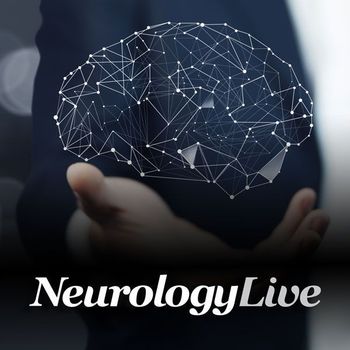
A large-scale rural population study included approximately 27,935 men and women, finding that sleep quality might predict risk of coronary heart disease.

A large-scale rural population study included approximately 27,935 men and women, finding that sleep quality might predict risk of coronary heart disease.

The clinical research director of the UCSF Multiple Sclerosis Center provided an overview on the state of care for NMOSD, specifically the development of inebilizumab, satralizumab, and eculizumab. [WATCH TIME: 6 minutes]
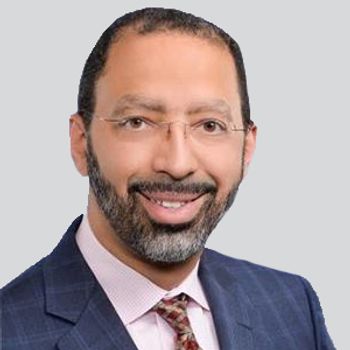
The pivotal phase 3 GRADUATE 1 and 2 trials will evaluate the effect of gantenerumab on amyloid load and downstream biomarkers of disease progression in patients with early Alzheimer disease.
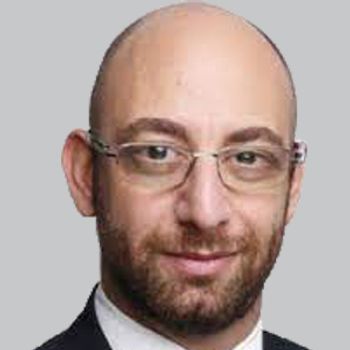
Gennero Pagano, MD, MSc, PhD, expert medical director, Roche, provided thoughts on the investigational agent prasinezumab, overall Parkinson drug development, and MDS Virtual Congress.

The registered dietitian at Ann & Robert H. Lurie Children’s Hospital discussed the unknowns in terms of managing and prescribing diets for patients with epilepsy. [WATCH TIME 3 minutes]

Here's what is coming soon to NeurologyLive.

Investigators used the Baveno classification to group patients at diagnosis of obstructive sleep apnea and again after 5 years.

Some of the most frequently reported trial criteria were the exclusion of participants with non-AD neurological disease, psychiatric illness, cardiovascular and cerebrovascular disease, obligated caregiver attendance, and cognitive impairment.
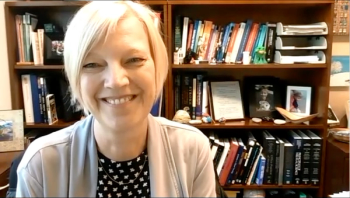
The division chief of vascular neurology at the University of Utah discussed the individual role that clinicians and neurologists can play to increase interest in the field of neurology. [WATCH TIME: 2 minutes]

Patients who were dementia-free with the lowest PF had smaller volumes of total brain, gray matter, and white matter, and had greater white matter hyperintensities.

Clinical data on the investigational therapeutics, DNL343 and SAR443820/DNL788, were presented at the 2021 Annual Northeast ALS Meeting this month.
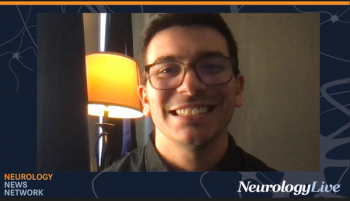
Neurology News Network for the week ending October 9, 2021. [WATCH TIME: 3 minutes]

Preclinical results showed promise for the investigational formulation in reducing seizures, prompting the patent filing.

Take 5 minutes to catch up on NeurologyLive's highlights from the week ending October 8, 2021.
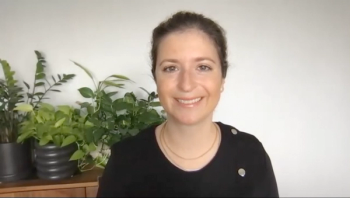
Following the publication of a recent article outlining the association of the use of anesthesia during surgery and cognitive decline in older adults, the assistant professor of anesthesiology at the David Geffen School of Medicine, UCLA, spoke on the need to assess risk factors. [WATCH TIME: 5 minutes]

Patients treated in the 10- and 20-mg once daily groups showed statistically significant improvements in UPDRS parts II, III, IV, and in total MDS-UPDRS scores compared with baseline.

The registered dietician at Ann & Robert H. Lurie Children’s Hospital of Chicago provided insight on the importance of educating youths with epilepsy on diets, especially in the transition stages of care. [WATCH TIME: 2 minutes]

"Mind Moments," a podcast from NeurologyLive, brings you an exclusive interview with Gregory W. Albers, MD.
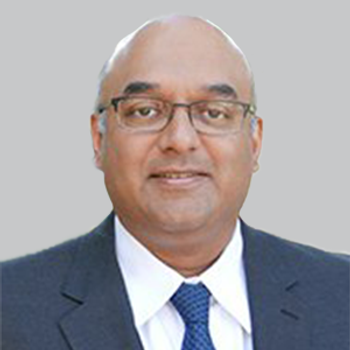
The organization called attention to unintended harms of the current Medicare benefit structure and the need for the Center for Medicare & Medicaid Services to be more “patient-focused” in its assessments.

Investigators suggest recognition of predictors can aid in directing future clinical trials, as well as inform early therapeutic decisions in this patient population.

The assistant professor of anesthesiology at the David Geffen School of Medicine, University of California–Los Angeles, discussed a recently published article that outlined an association between anesthesia during surgery and cognitive issues. [WATCH TIME: 4 minutes]

Evanthia Bernitsas, MD, neurologist, Wayne State University, discussed a recently conducted analysis, which confirmed inebilizumab’s ability to treat African Americans with NMOSD.
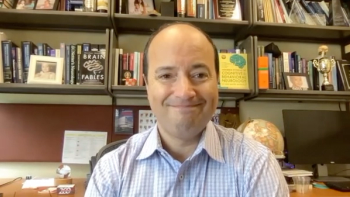
The research chair for Parkinson’s Disease and Movement Disorders at University of Cincinnati Health spoke to the current state of treatment for Parkinson disease. [WATCH TIME: 2 minutes]

None of the associations between blood pressure and outcomes were modified by successful reperfusion at the end of the endovascular treatment procedure.
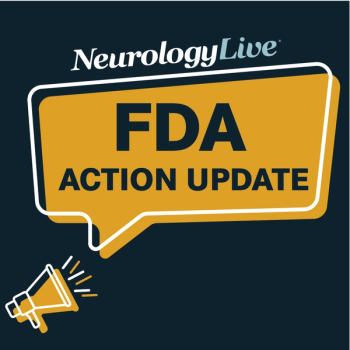
Catch up on any of the neurology news headlines you may have missed over the course of the last month, compiled all into one place by the NeurologyLive team.
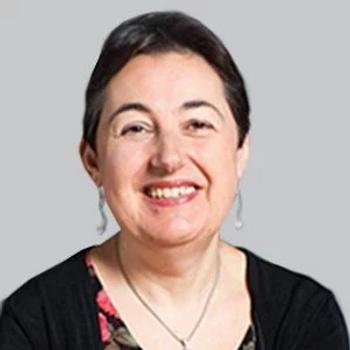
Monthly focal seizure frequency was reduced from baseline at all 3 dose levels of the differentiated Kv7 potassium channel modulator, compared to placebo.

The assistant professor in the division of pulmonary, critical care, and sleep medicine at the University of Washington discussed patients’ response to the use of telehealth when treating sleep disorders. [WATCH TIME: 2 minutes]
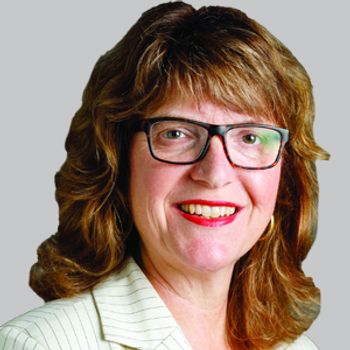
Most attacks occurred within the first year of inebilizumab treatment, and nearly all participants were attack free in subsequent years following treatment initiation.
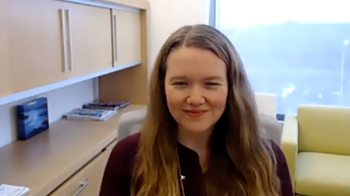
The director of the Women’s Alzheimer’s Movement Prevention Center at Cleveland Clinic discussed the role genetics play in Alzheimer disease and the importance for all-women trials. [WATCH TIME: 2 minutes]

The expert medical director at Roche provided context on recently published data, which showed prasinezumab’s positive impact in delaying motor progression in patients with Parkinson disease.